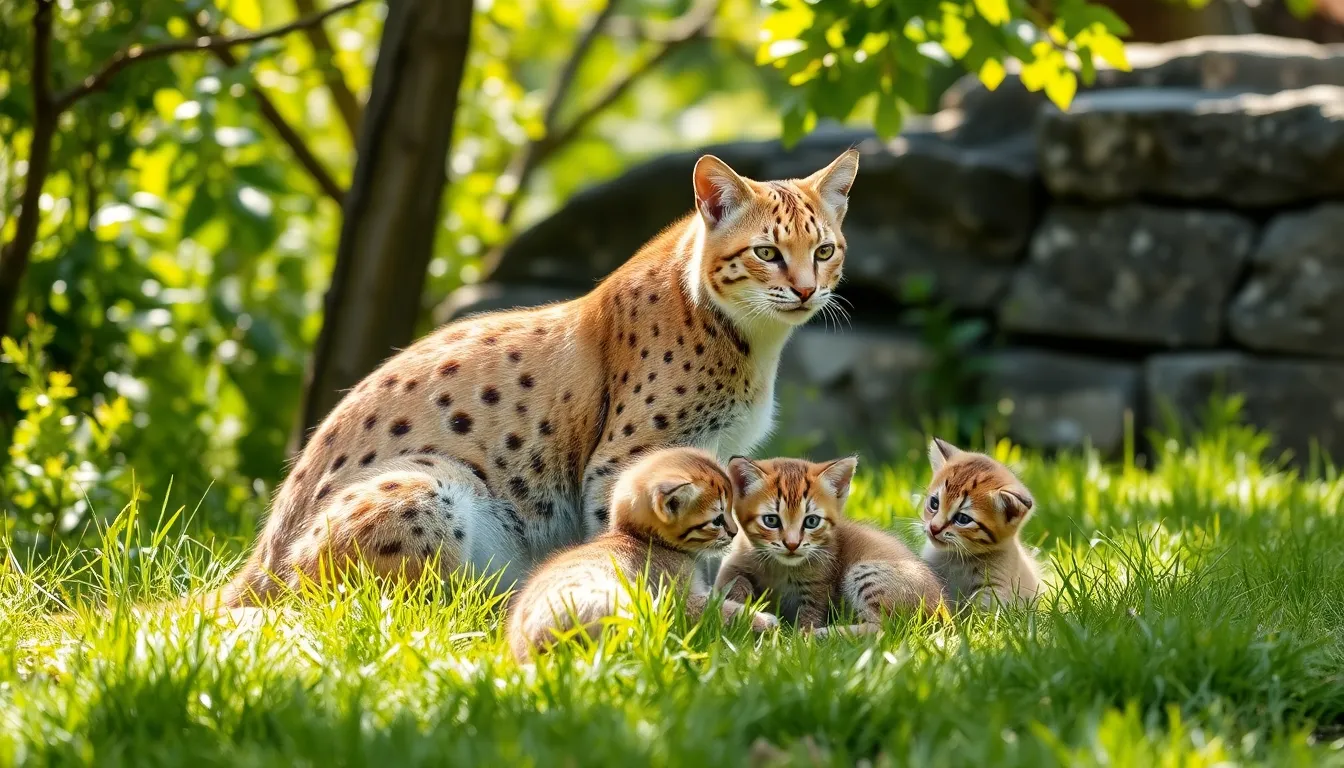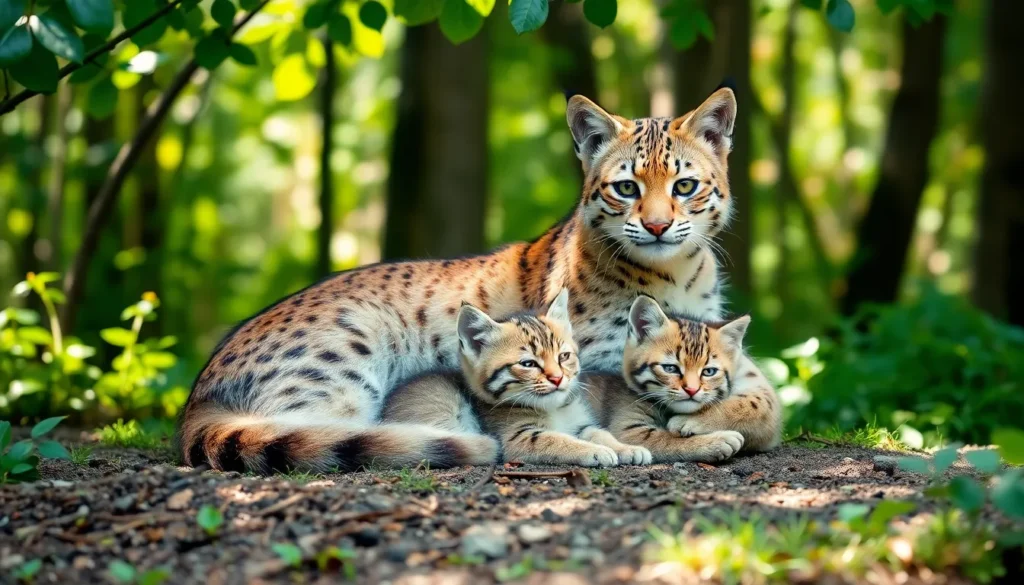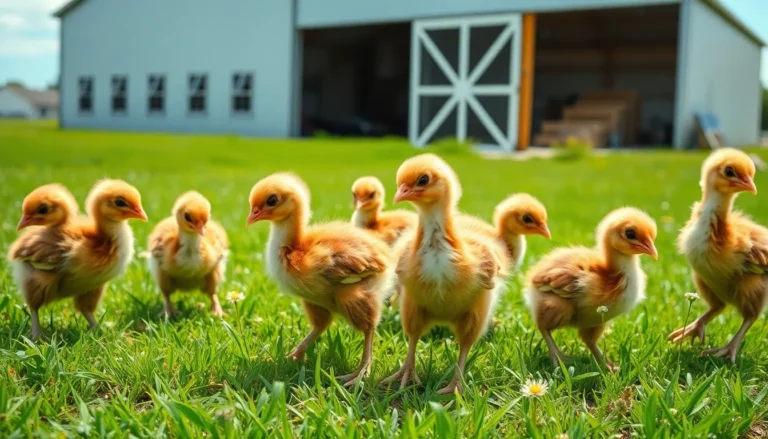Ever wondered when bobcats get in the mood for family planning? It’s a tale as old as time, or at least as old as nature’s way of ensuring the survival of these cunning felines. Between their stealthy hunting skills and striking looks, bobcats have a lot going for them, but it’s their unique reproductive habits that often fly under the radar. In this guide, we’ll investigate into the intriguing realm of bobcat reproduction, from their mating season to the nurturing of their adorable kits. Spoiler alert: it’s not just about the little furballs: it’s also a lesson in survival in the wild.
Table of Contents
ToggleUnderstanding Bobcat Reproduction

Bobcats, scientifically known as Lynx rufus, are remarkable creatures adapted to various habitats across North America. Understanding their reproduction involves unlocking the mysteries of their mating habits, gestation, and offspring care. Female bobcats typically reach sexual maturity at about one year of age. During the breeding season, which varies by region, the females will attract males with their tantalizing calls. It’s a bit like speed dating in the wild, as the best suitors battle it out for the chance to mate. Curious and agile, bobcats thrive in environments that offer both safety and ample food supply, factors crucial for raising their young.
Mating Season of Bobcats
Bobcat mating season usually kicks off in late winter or early spring, peaking from February to March. During this time, female bobcats go into estrus, this is their mating period that lasts around 1 to 6 days. While feral love is fleeting, bobcat males may compete fiercely for the attention of a female. During this time, they engage in vocal behaviors, including yowls and growls, to announce their presence and assert dominance. It’s a real-life wildlife soap opera as these cats exhibit courtship behaviors, displaying affection that includes nuzzling and rolling around one another in a show of affection and interest.
Gestation Period and Birth
Once mating occurs, the female bobcat undergoes a gestation period lasting approximately 60 to 70 days. After this time, she gives birth to a litter typically consisting of 2 to 4 kittens, although litters of 1 to 6 have been recorded. The kittens are born blind and helpless, weighing around 8 ounces.
Raising the Kittens
After birth, the mother bobcat will seek a secure den, which can range from a hollowed-out log to a rocky crevice. She isolates herself and her vulnerable young, offering them quiet and safety during their infancy. The mother’s instinct kicks in, and she becomes fiercely protective of her little ones, vigilant against potential threats.
Mother’s Care and Feeding
In those early weeks, the mother exclusively nurses her kittens, providing the essential nutrients they need to enhance their rapid growth. As the kittens begin to open their eyes at around 10 days old, they transition from being mere blobs to becoming the lively little creatures they are meant to be. This stage is crucial, and the mother bobcat ensures her little ones are ready to take their first steps into the wild. Gradually, she introduces them to solid food by bringing back small prey, teaching them the ropes of survival, one meal at a time.
Juvenile Development Stages
Bobcat kittens grow quickly, reaching about half their adult size by the time they’re 3 months old. At this stage, they begin to play, honing their hunting skills through engaging, playful antics with their siblings. By 5 months, they’re starting to accompany their mother on hunts, learning essential survival skills. At approximately 6 months, the playful antics fade, making way for a keener instinct for hunting. Bobcats are usually fully independent and prepared to disperse from the mother’s territory by around 12 months of age. It is during this time that they start establishing their own territories, setting off into the wild in search of adventure and food, much like a teenager moving out of the family home.
Threats to Bobcat Kittens
Even though their resilience, bobcat kittens face numerous threats in the wild. Natural predators, such as coyotes, eagles, and even larger mammals, pose risks to their survival. Also, human-related dangers, including cars and habitat destruction, significantly contribute to their mortality rates. It’s a constant battle for survival, and while many kittens may thrive, others may fall victim to the harsh realities of nature. Conservation efforts aim to better understand these threats and help maintain healthy bobcat populations, ensuring that future generations of these majestic creatures can thrive.








